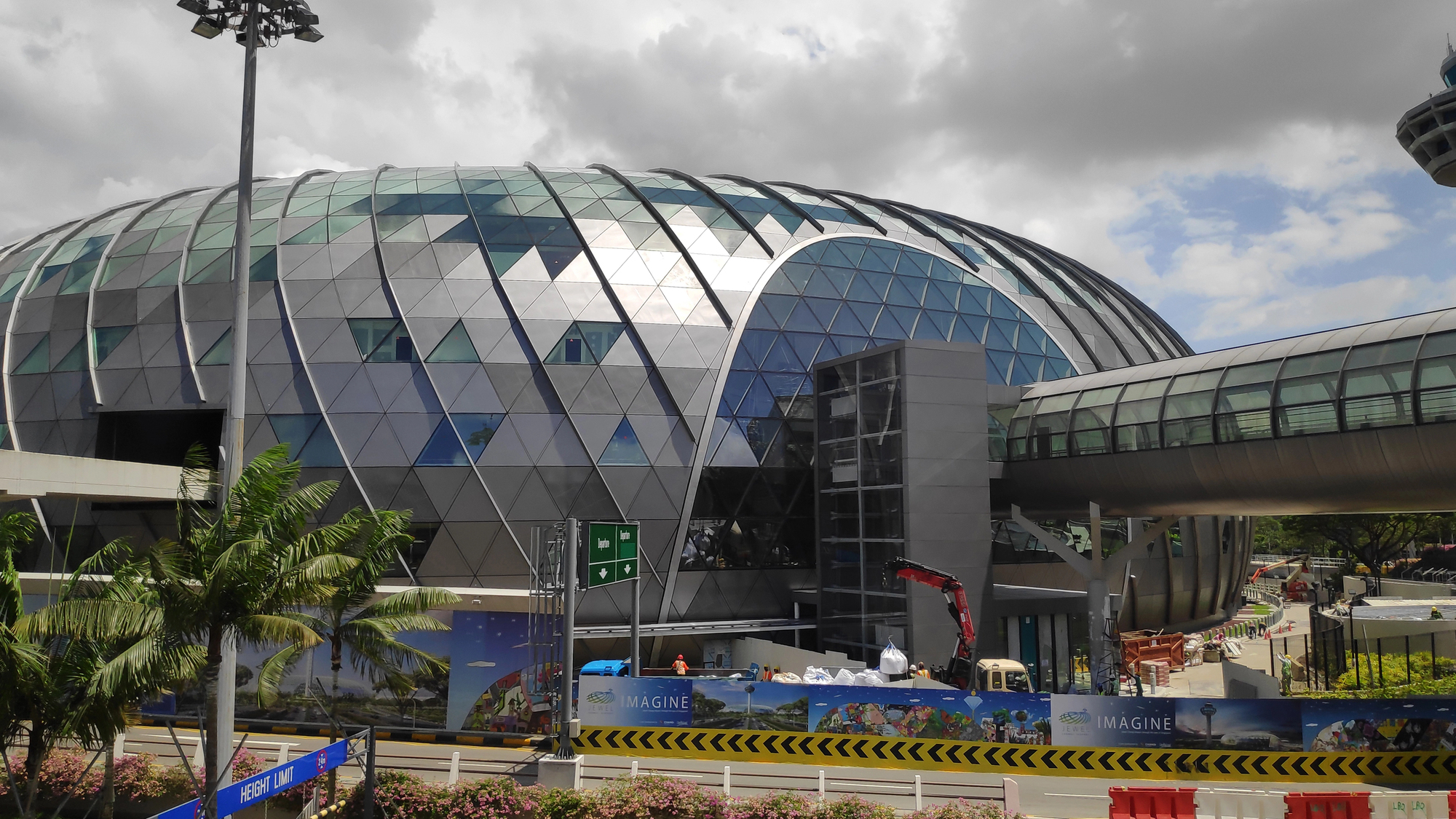SINGAPORE: Construction costs in Singapore will likely rise next year due to mega-projects like Changi Airport’s Terminal 5 and new developments at the city-state’s two integrated resorts, said Surbana Jurong (SJ).
According to The Edge Singapore, Ho Kong Mo, senior executive director at SJ, said these large-scale projects will increase demand for contractors, pushing prices up.
Mr Ho highlighted that mechanical and electrical (M&E) costs, a significant part of construction expenses, had increased by about 30% since before the pandemic.
Depending on the project, these costs typically account for 25% to 40% of the total construction cost.
SJ’s recent report predicts that M&E costs could rise further, with an additional 15% to 20% increase expected by the end of this year.
The report, Mechanical & Electrical (M&E) Construction Cost Outlook 2024, lists key reasons for these rising costs, including a 77% jump in logistics shipping prices, a 9% increase in labour costs, a 15% rise in copper prices, and a shortage of M&E contractors.
The report also noted fierce competition for materials and skilled labour during busy construction periods, further driving up costs.
In January, the Building Construction Authority (BCA) projected that construction contracts worth between S$32 billion and S$38 billion would be awarded in 2024. About 55% of this demand is expected from public sector projects.
Following this forecast, SJ anticipates the demand for M&E works will exceed S$10 billion by the end of 2024.
According to SJ, part of the reason M&E costs are rising is Singapore’s push to reduce carbon emissions and improve energy efficiency in buildings.
To meet the Building and Construction Authority’s Green Mark Super Low Energy (SLE) standards, developers and consultants must use “advanced energy-efficient technologies and systems.”
This includes upgrading air-conditioning, ventilation systems, lighting, and even installing renewable energy sources like solar panels.
Mr Ho also noted that existing buildings larger than 5,000 square metres in gross floor area (GFA) will soon face new regulations.
From the third quarter of 2025, building owners must conduct energy audits and make improvements to reduce energy consumption under the new Mandatory Energy Improvement (MEI) regime.
Although this will require higher initial costs, it could lead to savings in the long run by cutting energy bills.
Ang Chee Meng, director at SMM, an SJ company, added that the operating costs for air-conditioning and ventilation systems can make up as much as 60% of a building’s total operating expenses after construction.
To control these costs, Mr Ang recommended using smart building technologies that help manage energy use and extend the life of key equipment like air-handling units and lifts.
He added, “With access to detailed data, more building owners can identify which equipment to retrofit, which is a cheaper option compared to replacing the whole system, which can be prohibitive.
This extends the life cycle for equipment, maximising the return on investment.” /TISG
Read also: Singapore construction activities is booming as infrastructure and residential projects surge
Featured image by Depositphotos (for illustration purposes only)

